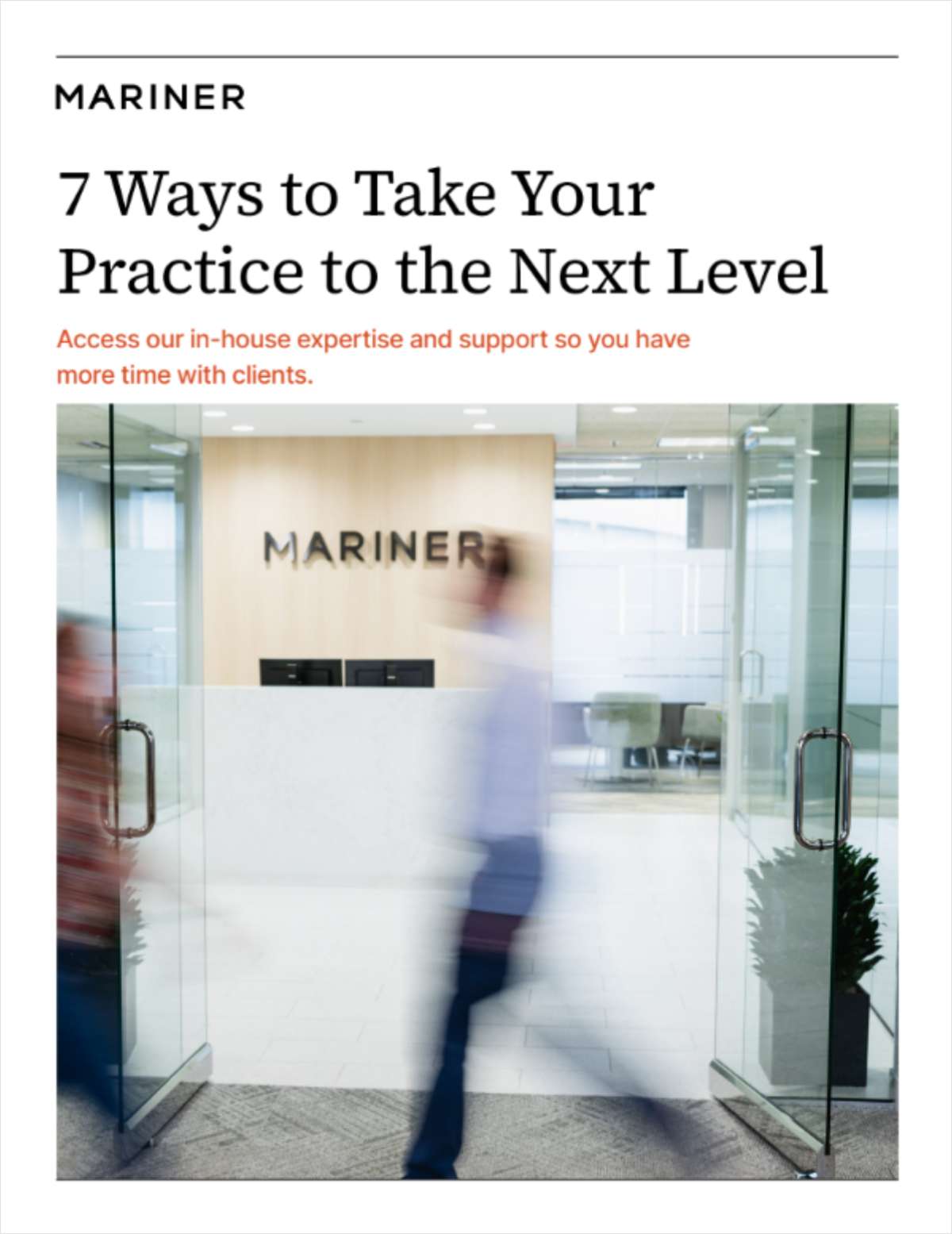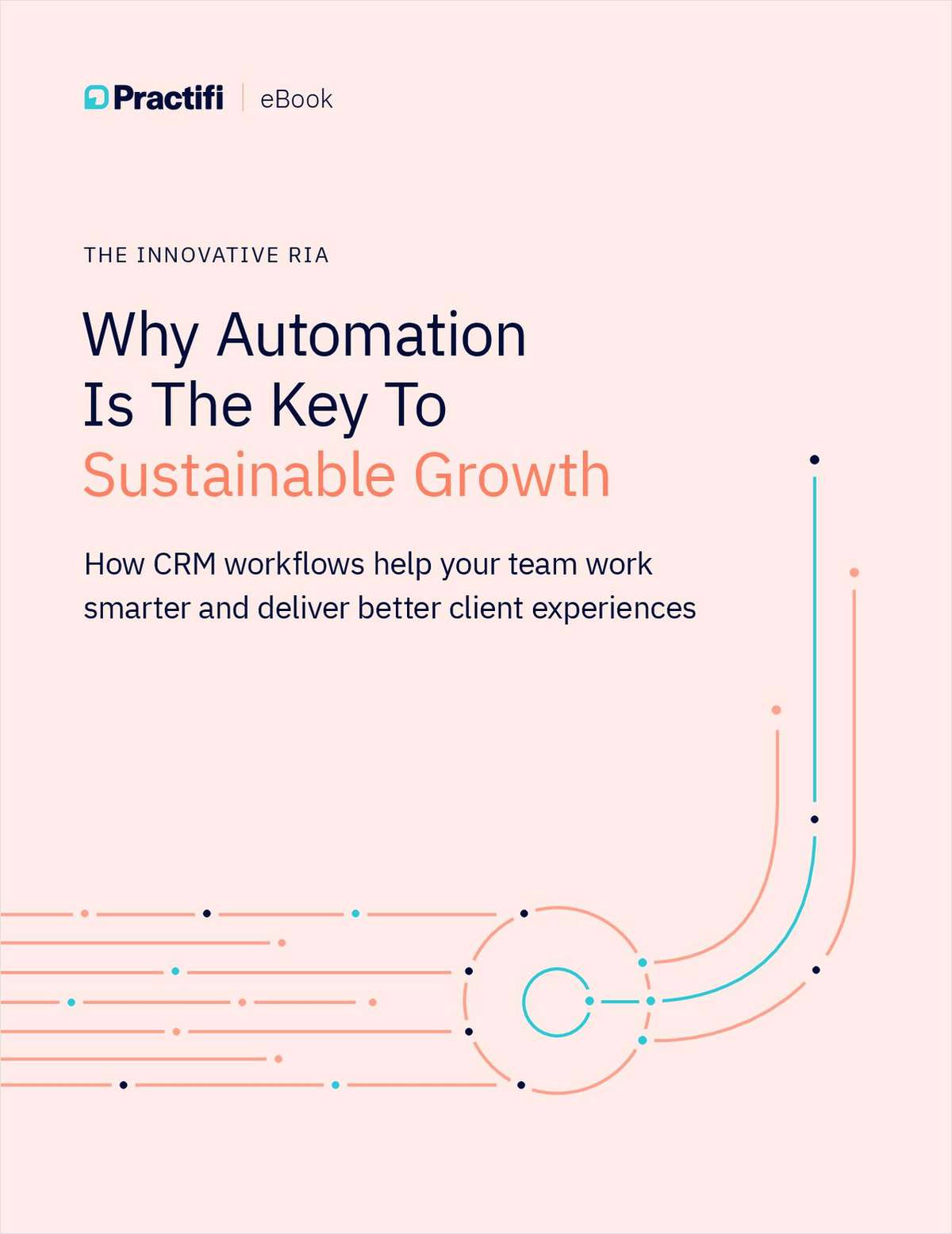We all need check-ups.
As a financial advisor, your meetings with clients are little different from their preventive visits with doctors. They have chosen you to help them navigate what can be rough seas and develop a trusting relationship with that will last for many years to come.
Many advisors miss the mark and neglect three fronts that would serve their clients better, strengthen their relationships and grow their bottom line. Are you discussing these areas with your own clients?
Health and Long-Term Care Costs
Your clients need to learn the facts about health costs ahead of time so that you can work together to formulate the right plan for their needs.
Here's a staggering statistic to break the ice: a 65-year-old couple retiring this year needs an average of $240,000 to pay for medical costs throughout their retirement (Fidelity, 05/12). That figure doesn't even include long-term care (LTC) costs which continue to grow.
Add to that the fact that 36% of all LTC recipients are under the age of 65 (Georgetown University LTC Financing Project) and you can see that now is the time to start this discussion candidly with your clients.
Is LTC insurance (LTCI) right for everyone?
Not necessarily, but the conversation is important and if your clients don't receive it from you, they will find it elsewhere. Time and again, I see advisors lose out when their clients purchase long term care insurance on their own because the subject was never breached with their advisor. Get to know the cost of care in your own community which vary substantially from region to region (the annual Genworth Cost of Care Survey by state is a good starting point). Above all, don't delay… there is too much at stake for you and them.
Women's Needs
You owe it to all of your clients to develop well-rounded strategies… that's why they choose you rather than the next advisor.
Yet I see half of all clients are often left out of financial discussions and decisions right in their advisor's office! Women control the largest amount of wealth in North America (Boston Consulting Group, 2009) and some 69 million of us are in the workforce.



